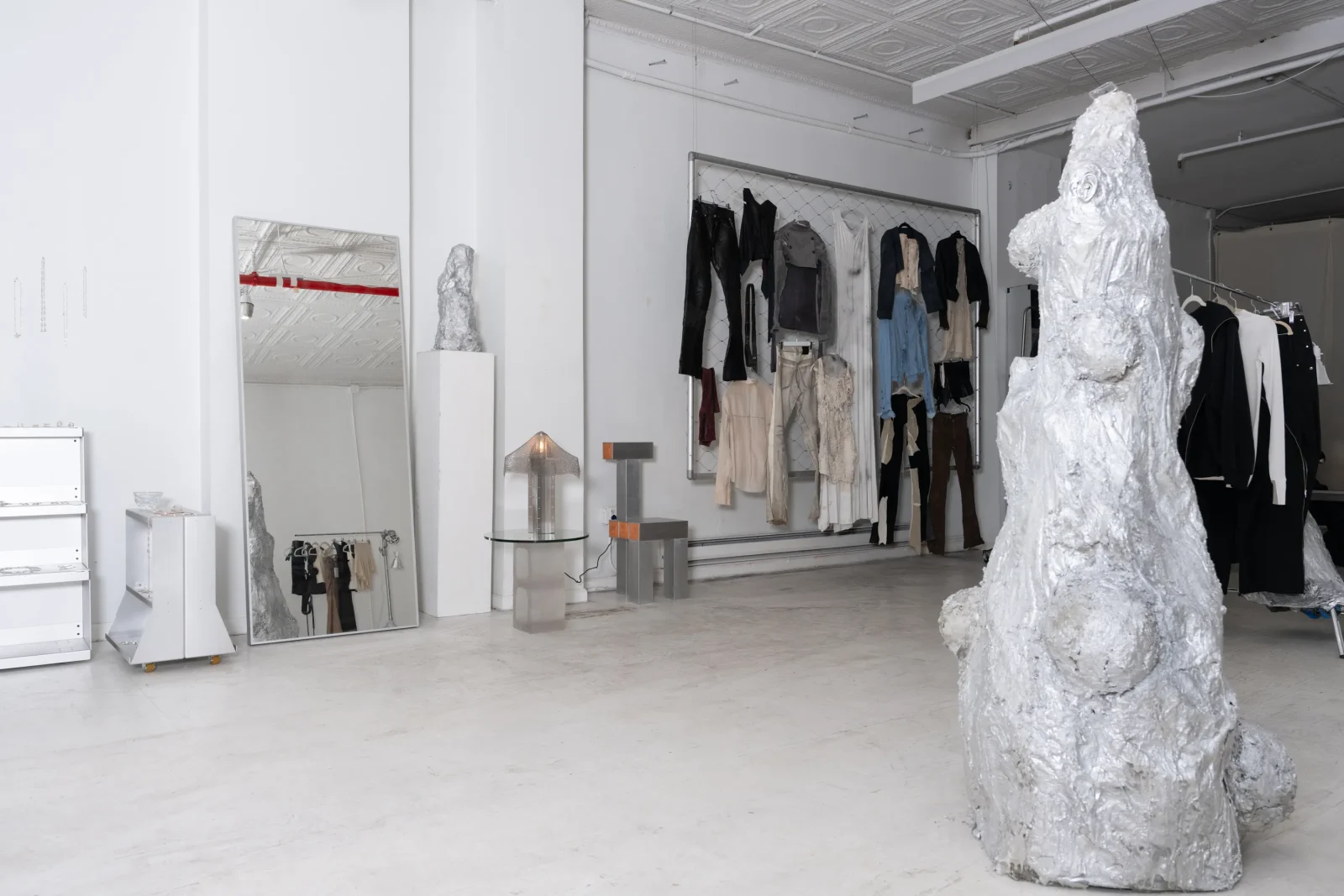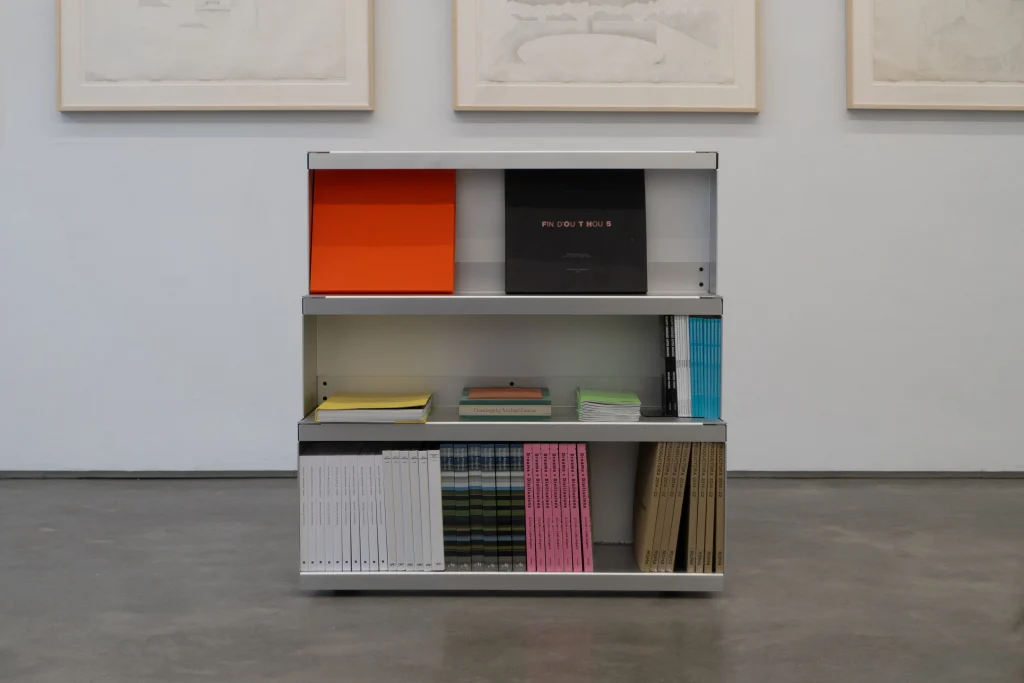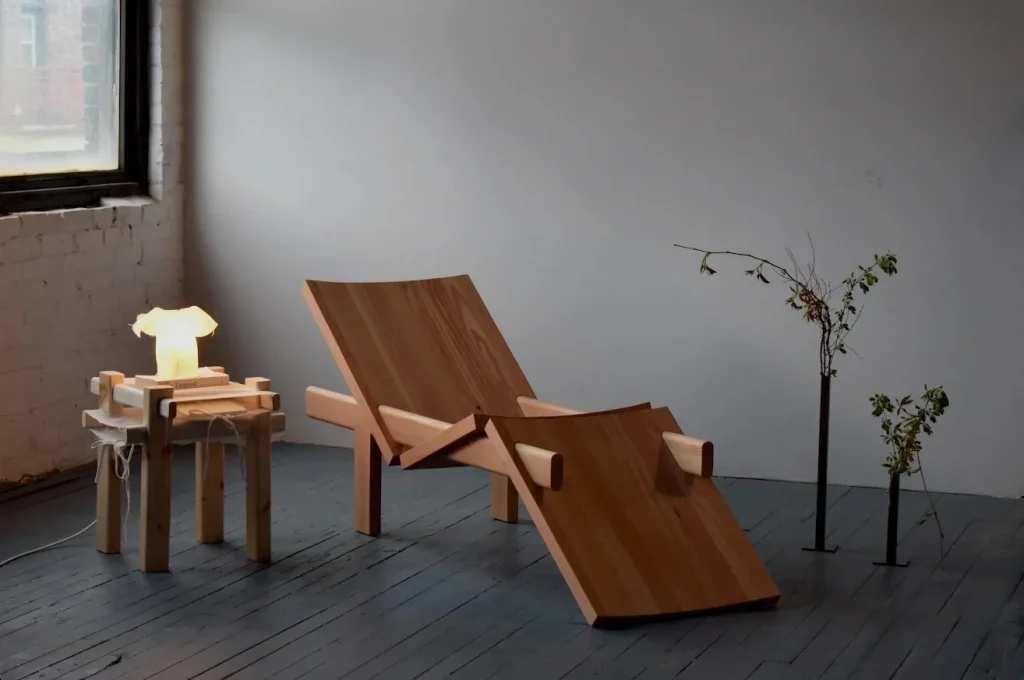Announcing Switzerland at Crossovers 2019: Craftsmanship, functionality and environmental awareness.
“Swiss design has had much more to offer
than formal adherence to functionality”
Davide Fornari, Curator of the Swiss Collection
Switzerland may be a relatively small country but its influence and distinct, recognizable style across cultural mediums in architecture, graphic arts, or product design are undeniable, a devotion to bold graphic quality, clean-lined forms, and functionality shine through. While the visual presentation of these works leaves a lasting impression on viewers, the way in which these designers are challenging our understanding of material and use of daily objects delivers a compelling contribution to the world of contemporary design. Whether it’s addressing current issues in production and material use in a circular economy, or how genetic altering will affect our devotion to physical perfection in the near future, these designers are ensuring a thoughtful and progressive livelihood for Swiss design for years to come.
Adorno is proud to present the Swiss Collection, curated by Davide Fornari, to be exhibited this year at Crossovers: 2019 during London Design Fair. The Lausanne Collection: 6 Swiss designers and studios present forward-thinking and ultra-contemporary functionality while showcasing a snapshot of the cultural diversity defining their design scene.
This collection represents a diverse range of product and interior design, with works by Josefina Muñoz, BMCO, Virage Design Studio, Ulysse Martel & Candice Joyce Blanc, Panter&Tourron, and Adrien Rovero.
The Swiss Collection
What are the main themes presented in this collection?
I was particularly interested in pieces that deal with novel, formal experimentations with materials, both within traditional product categories (coffee tables, lamps, stools) and unexpected genres: masks, dumbbells, and a Swiss knife, of course.
Environmental awareness is also a central issue; it is embedded within the concept itself of limited edition products.


Give us 3 words that define the current design scene in Switzerland.
Craftsmanship, functionality and environmental awareness.
What does this collection tell us about Switzerland today, and where its cultural scene may be moving towards in the future?
Switzerland is a small federal country, yet it encompasses as many different scenes as language-communities (4), design schools (7), cantons (26), and craftsmanship traditions (too many to be counted); by no means can a limited selection represent the Swiss design scene in its complexity. My selection focuses on studios and designers gravitating around the city of Lausanne and the French-speaking part of Switzerland.
It is equally difficult to predict the future of design – design might just be an elegant way out in the view of human extinction, as Paola Antonelli put it in her latest exhibition Broken Nature.
Yet, as serial production becomes an increasingly global issue, Swiss scenes revolve around productions with existing excellency and high added value, such as clock-making and precision mechanics. Limited edition furniture pieces seem to me to be the natural development of design at the local level; right now, starting a global brand of product design from scratch in a sustainable way has become nearly impossible in financial terms.
Virage Design Studio, “Visages” Masks Collection
Many pieces from the collection present a bold yet clean graphic quality with a strong architectural presence, how do you think the cultural and even natural environment in Switzerland affects today’s designers?
Switzerland has supported applied arts for more than a century through its system of Federal Awards. They have been key in promoting unity of vision within disciplines, as nominees have had the chance to meet and compare their works through annual exhibitions. Thus, I would say product designers are extremely aware of what happens in other fields, such as architecture and graphic design, and this knowledge is an advantage in their practice at a global level.
Switzerland has become a melting pot for students and professionals from all over the world: it is a place of cultural exchange and also a model of how diversity can co-exist within one federal country. The Federal Office of Culture is further promoting international exchanges for designers through residencies and workshops abroad: designers’ references have exceeded national borders, and the connection with the natural environment seems to be more of an awareness than an immediate reference.
Ulysse Martel & Candice Joyce Blanc, “Olympia” Barbell Collection
The phrase “form follows function” may be quite commonly associated with Swiss design in the eyes of most, how are designers in Switzerland today embracing or rejecting this association?
The functionality of Swiss design has been a rhetoric narrative all along the 20th century, together with the cult of precision. It is difficult to say if it was conceived within the country or employed abroad for promotional goals. Yet, since the Swatch extravaganza boomed in the 1980s, Swiss design has had much more to offer than formal adherence to functionality – I would say that production accuracy and solidity have gone hand in hand with material experimentation more than in other national scenes.

Curated by Davide Fornari
Davide Fornari (Mantua, 1979) is associate professor at ECAL/University of Art and Design Lausanne, where he leads the Applied Research and Development sector. Previously, he was a tenured researcher and lecturer at the Laboratory of visual culture, SUPSI University of Applied Sciences and Arts of Southern Switzerland in Lugano (2009–2017). After studying architecture at IUAV in Venice and ETSA in Barcelona, he earned a Ph.D. in Design Sciences from University Iuav of Venice in 2010.
What attracted you to be involved in collectible design, and work with designers working at the intersection of art and design?
Product design as it was meant to be – serial production in thousands of pieces – has become a global issue; it partially fails to deliver diversity, to pay attention to materials and working skills embedded locally, and finally to address the cultural and identity issues that have always come along with product design.
Products in limited editions seem to go back to the roots of early 20th-century design; they allow material and formal experimentation, not necessarily in the form of made-to-measure, unique pieces. Young designers are particularly sensitive to such a niche, as it allows them to be in touch with production, also at an interpersonal level, and to control processes and final outputs in a granular way.
What is your current favorite piece of design you have encountered and why?
Among the pieces I selected for Adorno, I stumbled upon the masks by Virage Design Studio during the last Design Week in Milan and they immediately caught my attention; they address the work of materials in five different clever ways, like specimens of craftsmen dealing with steel, wood, leather, paper, and linoleum. They made me think of pierres des maîtrises: the stones that carvers had to deliver to be accepted in a professional guild during the Middle Ages in order to prove their prowess.
Supported by:
















Responses